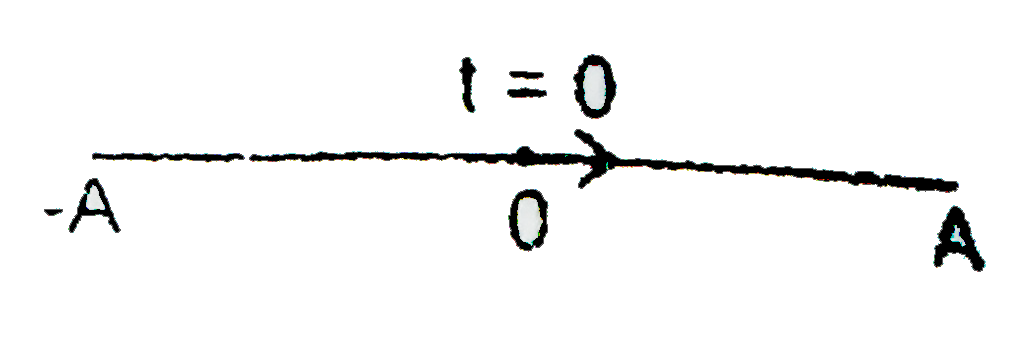Wobble position means
base pairing
altered base on code
third altered base on code
none of the above
The correct Answer is:C
Step-by-Step Solution:
1. Understanding the Wobble Position: The term "wobble position" refers to the flexibility in the base pairing between the codon in mRNA and the corresponding tRNA during protein synthesis.
2. Identifying the Codon Structure: A codon consists of three nucleotides. The first two nucleotides typically follow strict base pairing rules, while the third nucleotide (the wobble position) can pair more loosely.
3. Focusing on the Third Nucleotide: The wobble position specifically refers to the third nucleotide of the codon. This position allows for variations in base pairing, which means that different tRNAs can recognize the same codon due to this flexibility.
4. Analyzing the Options:
- Option A (Base pairing): This option is incorrect because the wobble position is not merely about base pairing; it refers to the flexibility in pairing at the third position.
- Option B (Altered based on code): This option is also incorrect as it does not specify that it is the third position that is altered.
- Option C (Third altered based on code): This option correctly identifies the wobble position as the third nucleotide in a codon that can vary in its pairing.
- Option D (None of the above): This option is incorrect since option C is the correct answer.
5. Conclusion: The correct answer is Option C: third altered based on code, as it accurately describes the wobble position in the context of codons and tRNA.
---
- Option A (Base pairing): This option is incorrect because the wobble position is not merely about base pairing; it refers to the flexibility in pairing at the third position.
- Option B (Altered based on code): This option is also incorrect as it does not specify that it is the third position that is altered.
- Option C (Third altered based on code): This option correctly identifies the wobble position as the third nucleotide in a codon that can vary in its pairing.
- Option D (None of the above): This option is incorrect since option C is the correct answer.
Topper's Solved these Questions
- BOOK - AAKASH SERIESCHAPTER - MOLECULAR BASIS OF INHERITANCEEXERCISE - Exercise-II (DNA finger printing)10videos
MOLECULAR BASIS OF INHERITANCE
- BOOK - AAKASH SERIESCHAPTER - MOLECULAR BASIS OF INHERITANCEEXERCISE - Exercise-III (Previous AIPMT/NEET Questions)35videos
MOLECULAR BASIS OF INHERITANCE
- BOOK - AAKASH SERIESCHAPTER - MOLECULAR BASIS OF INHERITANCEEXERCISE - Exercise-I (DNA finger printing)22videos
MOLECULAR BASIS OF INHERITANCE
- BOOK - AAKASH SERIESCHAPTER - MINERAL NUTRITIONEXERCISE - Exercise - III52videos
MINERAL NUTRITION
- BOOK - AAKASH SERIESCHAPTER - NEURAL CONTROL AND COORDINATIONEXERCISE - EXERCISE-III( PREVIOUS AIPMT / NEET QUESTIONS)33videos
NEURAL CONTROL AND COORDINATION
Similar Questions
Knowledge Check
- Question 1 - Select One
Assertion. Dielectric polarization means formation of positive and negative charges inside the dielectric.
Reason. Free electrons are formed in this process.AIf both assertion and reason are ture and reason is the correct explanation of assertion.BIf both assertin and reason are ture but reason is not the correct explanation of assertion .CIf assertion is true but reason is false.DIf both assertion and reason are false.
Wobble hypothesis explain
View SolutionA pendulum is displaced to an angle θ from its equilibrium position, then it will pass through its mean position with a velocity v equal to
View SolutionIf time of mean position from amplitude (extreme) position is 6 s. then the frequency of SHM will be :
View SolutionA particle start form mean position and moves towards positive extreme as shown. Find the equation of the SHM. Amplitude of SHM is A.
 View Solution
View SolutionIn the previous problem, the displacement of the particle from the mean position corresponding to the instant mentioned is
View SolutionThe amplitude of a executing SHM is 4cm At the mean position the speed of the particle is 16cm/s The distance of the particle from the mean position at which the speed the particle becomes 8√3cm/s will be
View SolutionA bob of mass 0.1 kg hung from the ceiling of a room by a string 2 m long is set into oscillation The speed of the bob at its mean position 1m/s What is the trajectory of the bob if the string is cut when the bob is (a) at one of its extreme position (b) at is mean position ?
View Solution

